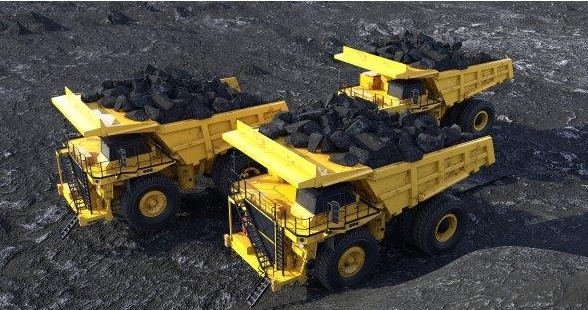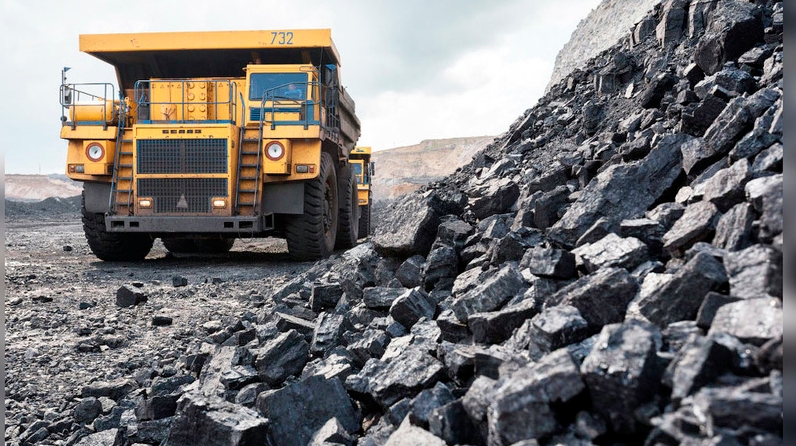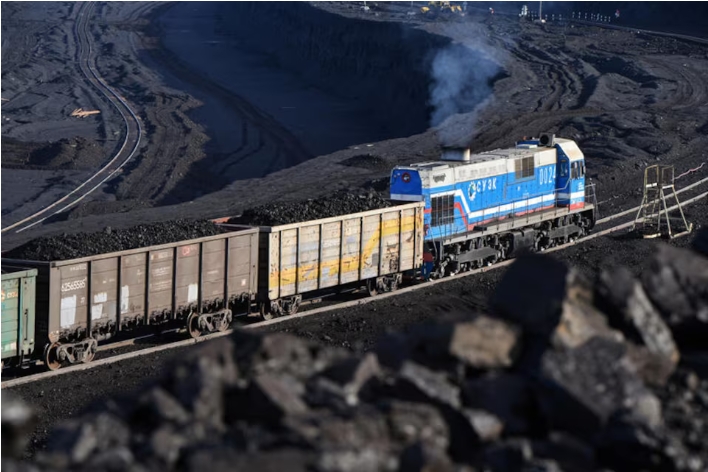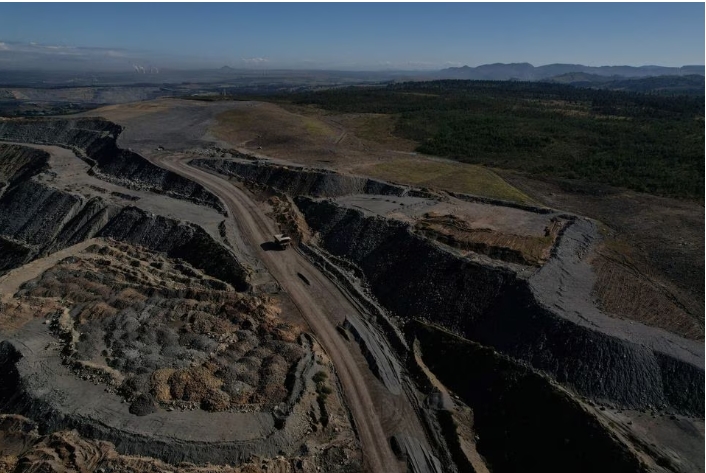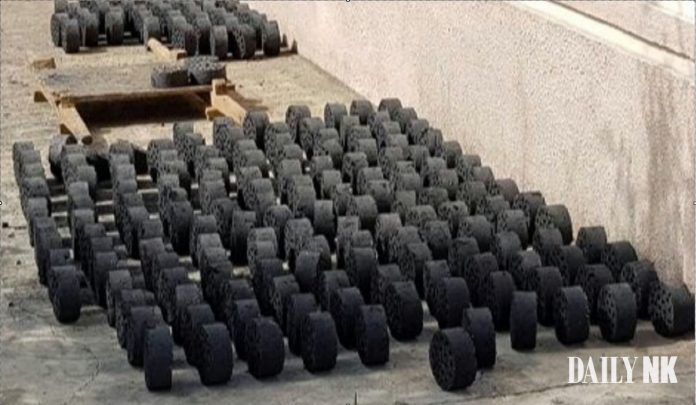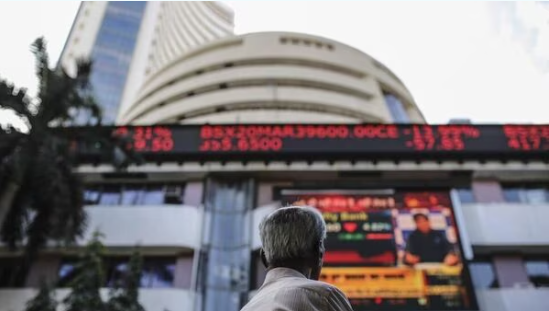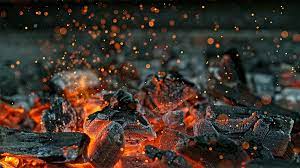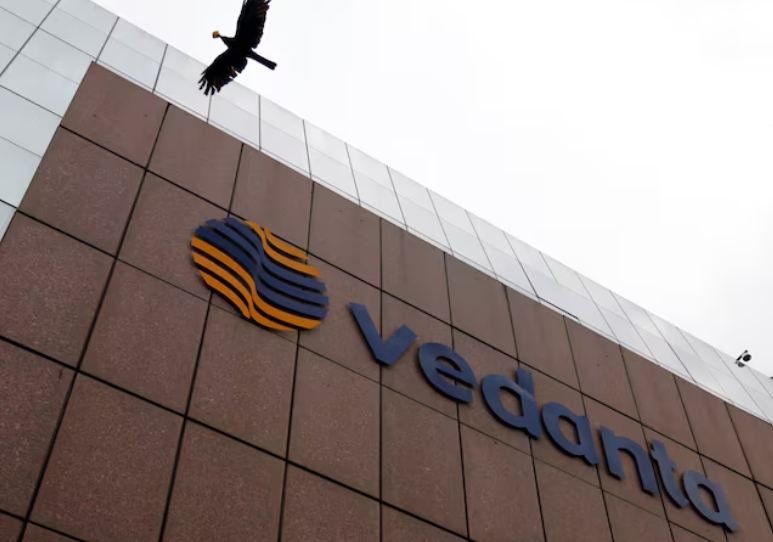
Vedanta Aluminium, the country's biggest producer of the metal, aims to increase the share of renewable energy it is using to 30% by 2030 from nearly 5% now, John Slaven told Reuters in an interview.
The company currently has 4.8 gigawatts of coal-based power generation capacity.
Slaven said the company was securing supplies of 1.3 GW of renewable energy - a mix of solar and wind power - from India's Serentica Renewables.
India is the world's third-largest greenhouse gas emitter. Coal accounts for nearly 50% of the country's installed power capacity of 443 GW.
Although India is seeking to cut greenhouse gas emissions and boost the share of non-fossil fuels in electricity generation, Prime Minister Narendra Modi's government has defended the country's reliance on coal, citing growing energy requirements in the world's most populous country.
India has tried to attract private investment to help boost coal-fired power generation capacity by 80 GW by 2032, opens new tab.
Still, Vedanta Aluminium - part of London-headquartered Vedanta Resources and led by billionaire Anil Agarwal - would increasingly focus on renewables for its energy-intensive aluminium business.
"We don't want to add additional thermal power. We have got to really increase our renewables, so that's the focus," Slaven said.
Other aluminium producers have similar plans.
India's No.2 aluminium maker, Hindalco Industries (HALC.NS), opens new tab, run by billionaire Kumar Mangalam Birla, will largely rely on renewable power for any new capacity additions at its smelters, said a company spokesperson.
BUOYANT DEMAND, CAPACITY ADDITION
Slaven said Vedanta Aluminium would raise its production capacity to cash in on India's strong demand for the metal.
India's rapid economic growth would keep aluminium demand buoyant and eventually make the domestic market more attractive than Vendanta's top export destinations such as Southeast Asia, Japan, North America and South America.
Industries such as construction, electrical transmission, wind and solar power, and automobiles, would keep demand strong, Slaven said.
The company expects to raise its aluminium production capacity to 3 million metric tons by 2026 from about 2.4 million tons now, and smelting capacity to 3 million tons from 2.4 million tons.
Similarly, Vedanta Aluminium would boost its refining capacity to 6 million tons by 2026, from 2 million tons, Slaven said.
He also said the company expects to get environmental clearances for its first wholly-owned bauxite mine in eastern India this year, a move that would help Vedanta Aluminium's capacity expansion plans.
Other than buying bauxite locally, the company relies on imports for bauxite, which is used to produce alumina, the feedstock for aluminium.
